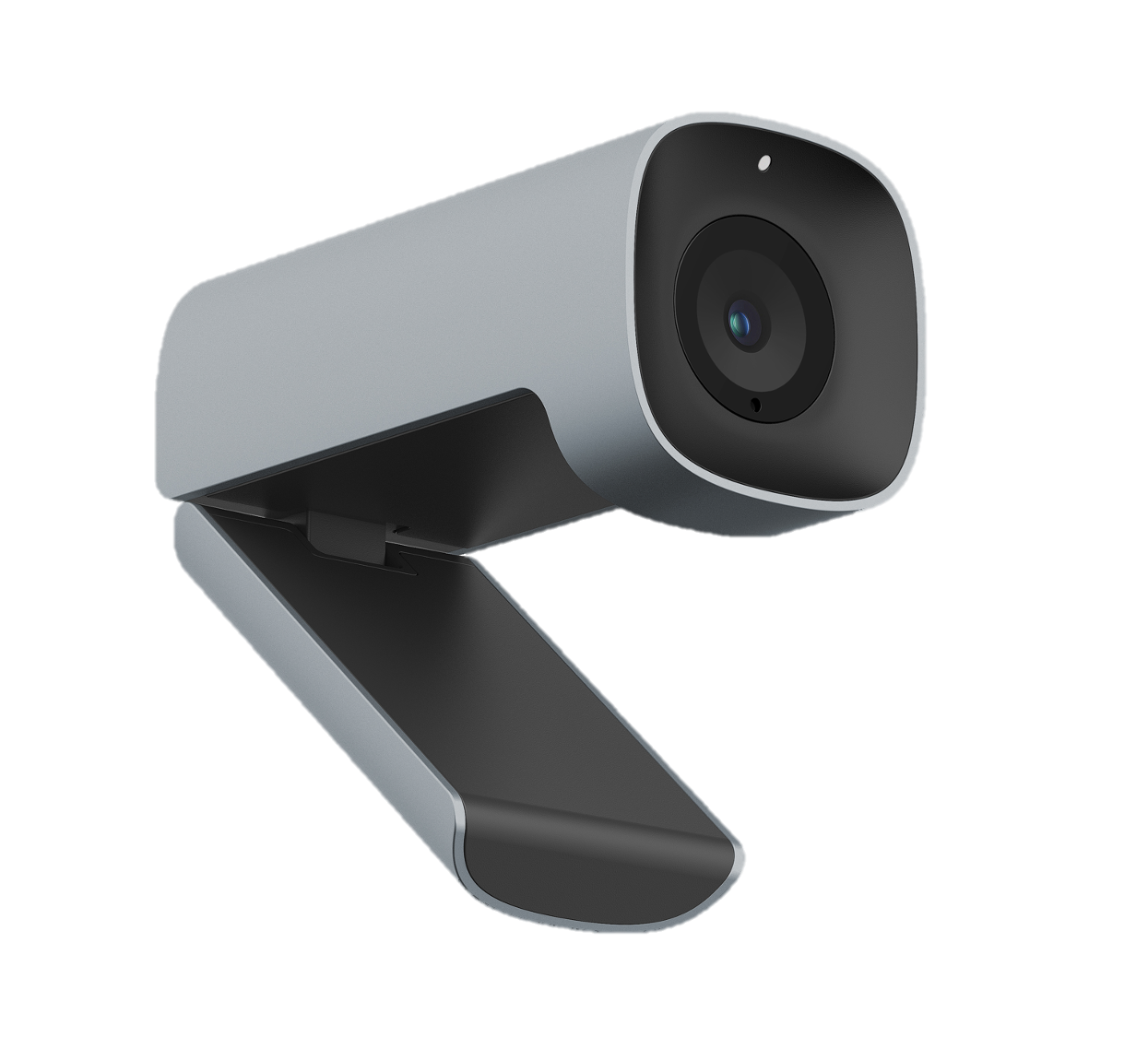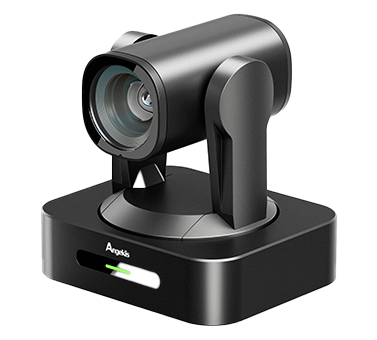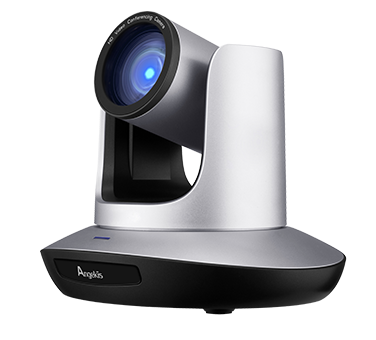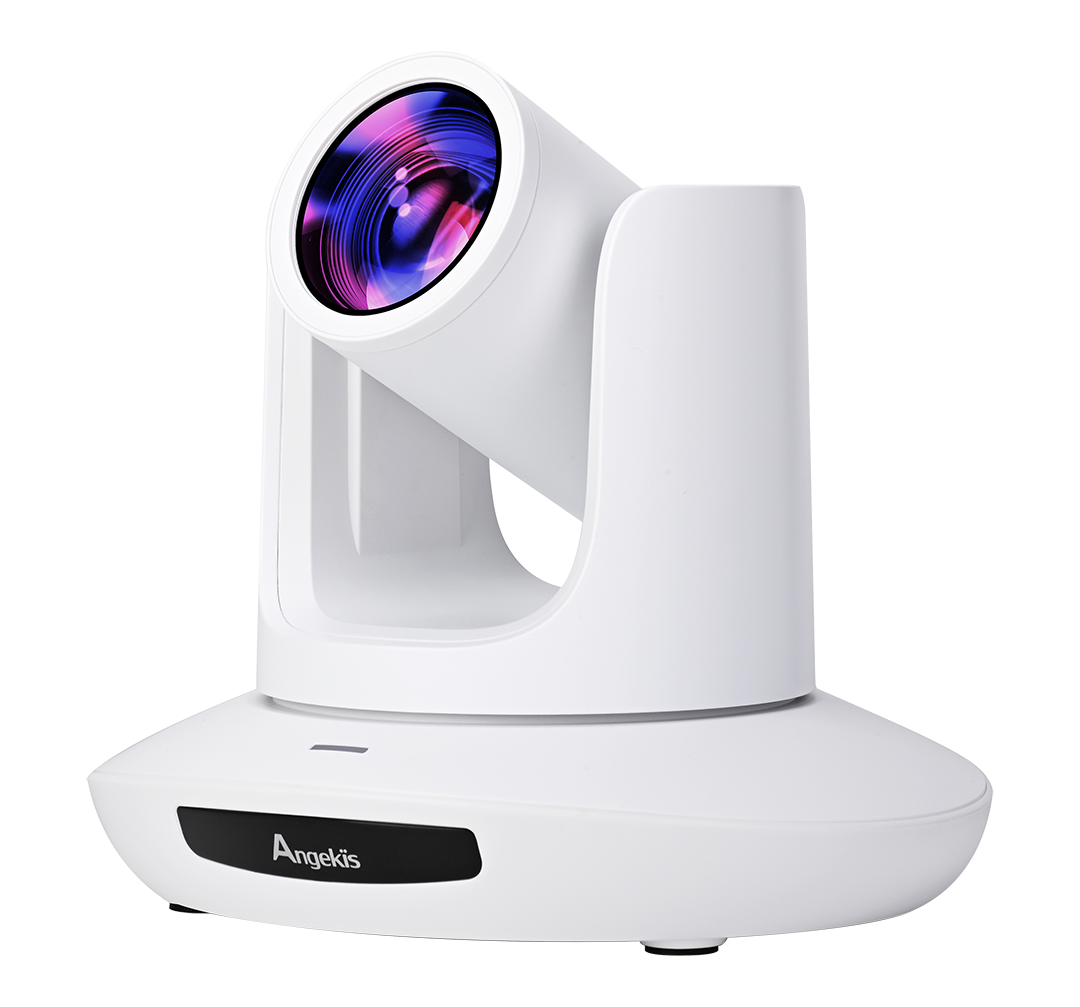Development Trends of Video Conferencing Systems
With the development of the economy and the intensification of competition, enterprises have an increasing demand for video conferencing systems. Therefore, the trend of video conferencing has become a major problem that plagues various video conferencing software development units. A large amount of data in the research show that: video conferencing systems are mainly developed towards flexibility, ease of use, and popularization.
1. The video conference system is flexible and easy to use
The number of corporate users in the video conferencing market has gradually increased. Some corporate CEOs often complain that traditional video conferencing products are too expensive and require dedicated lines or ISDN; the performance of software products is very unstable, and they are inconvenient to use, with complicated download and installation steps and bandwidth and higher requirements of the company, so software products can no longer meet the basic needs of users. The user's attention to flexibility and ease of use shows that video conferencing systems still need to further simplify operations and improve compatibility with other systems: current video conferencing systems mostly use hierarchical menus for control, and the operation is still relatively complicated. Data sharing refers to the use of video conferencing systems to enable partners in different places to understand each other and share applications. With the development of integrated video, audio, and data networks, flexibility is also very important for users. In the field of video communication, conference applications are only one part of it: more and more users hope that video conference systems have remote teaching functions and can combine with office automation system to improve management quality. As a communication network system, the video conferencing system is very important for system manageability and maintainability. A high-quality system that can be easily loaded and unloaded is very important to users who need to move and travel frequently. It is extremely necessary to improve the portability of the system without reducing system performance. In short, business users need more flexible and easy-to-use wireless video conferencing system.
2. The popularization of video conferencing
With the development of the electronic information software industry, it is no longer a distant dream for ordinary users to enjoy high-definition video communications.
Nowadays, more and more video conferencing systems are improving work efficiency, enhancing collaboration capabilities, and reducing official costs, making them an important means for government departments and various industries to communicate and transmit information. Since 2004, many government agencies and large and medium-sized enterprises have begun to expand video conferencing systems to third- and fourth-tier cities. This development trend firstly benefits from the development of broadband networks. At present, broadband networks are becoming more and more popular, and the network broadband environment in some cities is close to large-scale central cities, which makes it possible to provide low-cost, high-quality, and professional video conferencing services in the third and fourth tier markets. At the same time, the rapid advancement of e-government and enterprise informatization and the successful application of video-information systems in the primary and secondary markets of some industries have also accelerated the expansion of the video conferencing market to third- and fourth-tier cities. Once again, it strongly demonstrates the development trend of popularization of video conferencing.
























